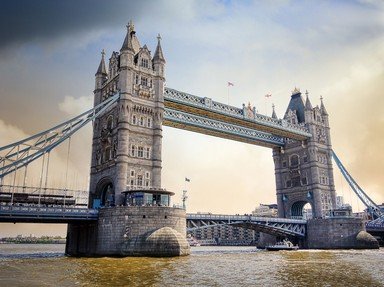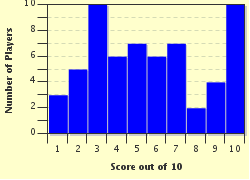Quiz Answer Key and Fun Facts
1. Four remote Marches villages in the Clun Valley were immortalised in verse as "the quietest places under the sun". Which of these are they?
2. Which poet wrote the lines about the four "quietest places under the sun"?
3. On which of the Marches' beautiful rivers does the city of Hereford stand?
4. The lovely market town of Ludlow boasts an extensive ruined castle, many impressive black and white timbered buildings of medieval and Tudor origin, and some fine Georgian buildings too. However, arguably its most striking edifice is its fifteenth century church, the tower of which rises to some 130 feet and is an iconic landmark visible for many miles. To which saint is Ludlow's church dedicated?
5. The Marches countryside has often been the site of conflict between the Welsh and the English. As early as the eighth century A.D. an Anglo-Saxon king of Mercia (the English midlands) named Offa felt it necessary to build a fortification the length of the border to keep Welsh marauders at bay. But as what is that fortification known?
6. Later on, the Normans built a series of "Marcher fortresses" as they were called, to protect the English from Welsh attacks. Which of the following castles was NOT built primarily for defensive purposes?
7. The Marches countryside is mainly hilly. One of its most distinctive and beautiful hills is the Long Mynd, its western slopes a steep escarpment, its eastern slopes riven with deep valleys known as "batches". Which of the following landmarks would you NOT find on the Long Mynd?
8. The hilly landscape makes for some challenging golf courses, but which of these is the highest above sea level?
9. The Marches provide an excellent setting for fictional mysteries of various kinds. Which of these series of mystery novels does not have a Marches setting?
10. Which one of the following border towns is entirely on the English side of the border rather than the Welsh?
Source: Author
HobbitLady
This quiz was reviewed by FunTrivia editor
spanishliz before going online.
Any errors found in FunTrivia content are routinely corrected through our feedback system.

